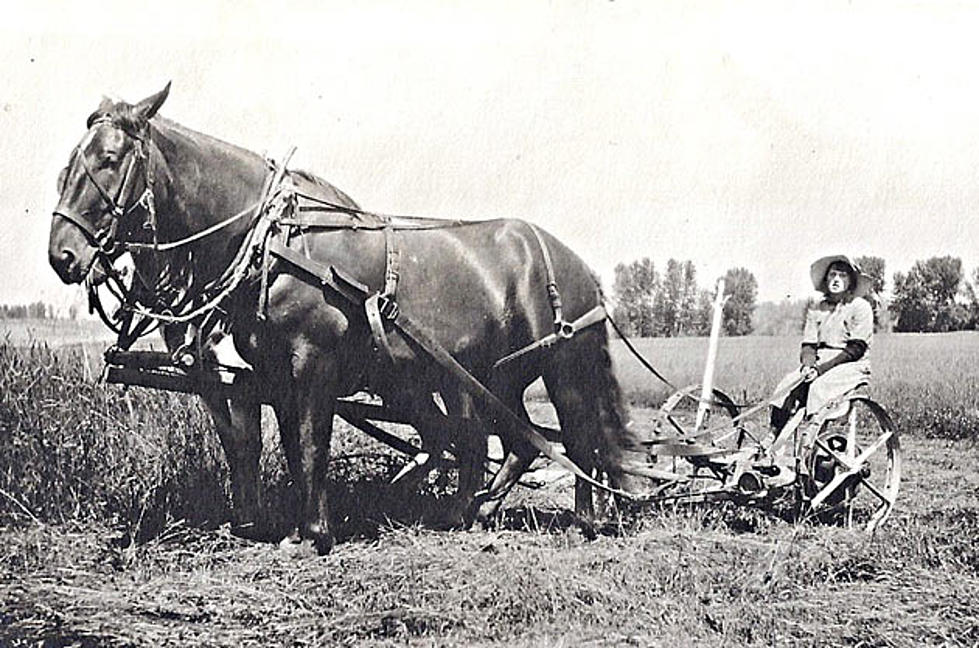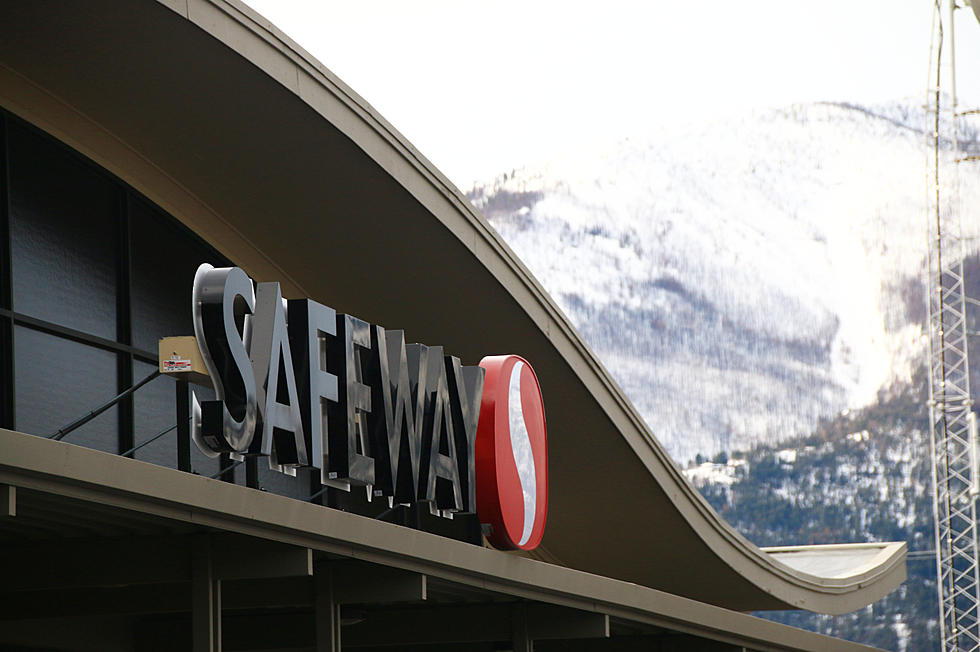
Western Montana Growers Cooperative to Expand Operation
Farming has been a main occupation in Western Montana for many years. Locally grown food is often found at farmers markets in various towns. As more people desire to have locally grown food on their plates, the demand has increased.
To help satisfy that demand, the Western Montana Growers Cooperative brought together about 50 local agriculture operations in the Bitterroot, Flathead, Jocko and Mission valleys to have a local wholesale marketing and delivery service.
This week, it was announced that the American Rescue Plan Act (ARPA) is "planting" about $147,000 in the co-op to see what grows. Montana Senator Jon Tester said the money was part of $8 million in small business funds passed by the U.S. Congress earlier this year, which also includes 17 meat processors and three new U.S. Department of Agriculture certified meat processing facilities.

The Western Montana Growers Cooperative started in 2003 and is now owned by over 50 farms that produce fresh and frozen fruits and vegetables, milk, eggs, meat, honey, seeds and legumes. The members include Sweet Root Farm in Hamilton and the well-established Lifeline Produce in Victor.
The Co-op's initial plan for the ARPA funding will be to expand their operations and support increased local distribution. On their website, the Co-op said their goal is "to provide our region with fresh, quality products from our farms."
The co-op works with grocery stores, restaurants and other businesses in Montana, northern Idaho and eastern Washington. In 2008, they started Community Supported Agriculture (CSA) which provides products throughout Western Montana. For more information, check their website.
Senator Tester said in a news release, "Production ag is the cornerstone of our state's economy. I'm proud to have secured this ARPA investment for the Western Montana Growers Cooperative so that we can help support Missoula producers and grow their operations for years to come."
LOOK: Food history from the year you were born
See How School Cafeteria Meals Have Changed Over the Past 100 Years
More From 94.9 KYSS FM









